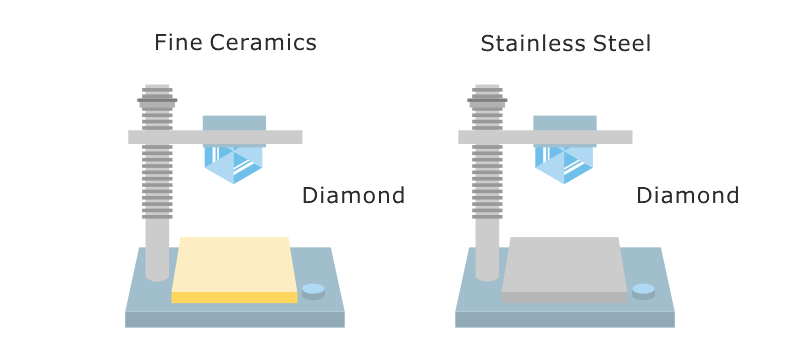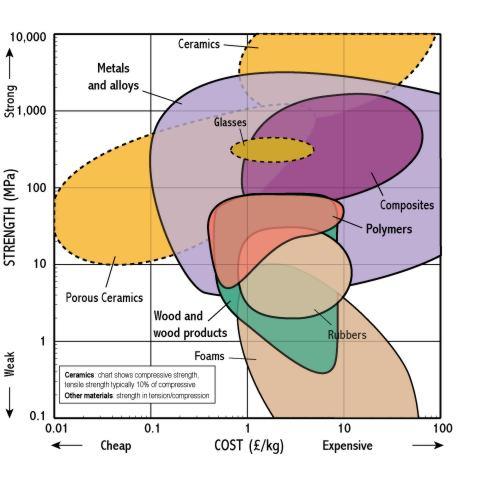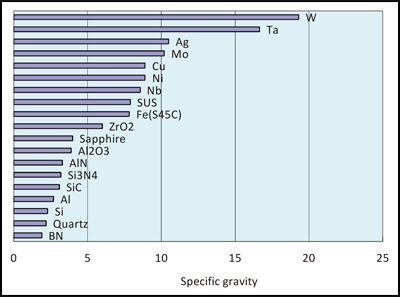Science and engineering is an up to date treatment of ceramic science engineering and applications in a single comprehensive text.
A ceramic material with the greatest strength.
Advanced ceramics and traditional ceramics are the main categories of ceramic materials.
Some elements such as carbon or silicon may be considered ceramics ceramic materials are brittle hard strong in compression and weak in shearing and tension.
For chemically resistant plastic view our chemical resistance of plastics chart.
Building on a foundation of crystal structures phase equilibria defects and the mechanical properties of ceramic materials students are shown how these materials are processed for a wide diversity of applications in today s society.
Before i answer let me ask you a question.
The toughness strength and translucence of porcelain relative to other types of pottery arises mainly from vitrification and the formation of the mineral mullite within the body at.
Best of the bulletin.
The ceramic layered over the zirconia substructure broke off even within the first year of service.
Ceramic materials can be identified by their general properties like high hardness brittleness chemical stability and low thermal conductivity.
When you can reason that out you ll have the key to your answer about ceramics.
These material properties are utilized to produce number of commercial and domestic products such as pottery bricks advanced functional items etc.
Porcelain ˈ p ɔːr s əl ɪ n is a ceramic material made by heating materials generally including a material like kaolin in a kiln to temperatures between 1 200 and 1 400 c 2 200 and 2 600 f.
The ionic and covalent bonds of.
Currently this challenge has been overcome by most ceramic companies.
A ceramic material is an inorganic non metallic often crystalline oxide nitride or carbide material.
Most of the original versions of this concept introduced about 14 years ago were not acceptable.
Use our interactive properties table below to explore by property group sort or compare two or more plastic materials.
Although both types of bonds occur between atoms in ceramic materials in most of them particularly the oxides the ionic bond is predominant.
Alumina for example has a tensile strength of 20 000 psi 1138 mpa while the compressive strength is 350 000 psi 2400 mpa.
They withstand chemical erosion that occurs in other materials subjected to acidic or caustic environments.
For a metal the compressive strength is near that of the tensile strength while for a ceramic the compressive strength may be 10 times the tensile strength.
For this reason polymers are very elastic e g a rubber band can be easily melted and have low strength.
Ceramics tend to be weak in tension but strong in compression.
Why is a brick wall stronger in com.
Why is a rope higher in tensile strength than in compression.




























